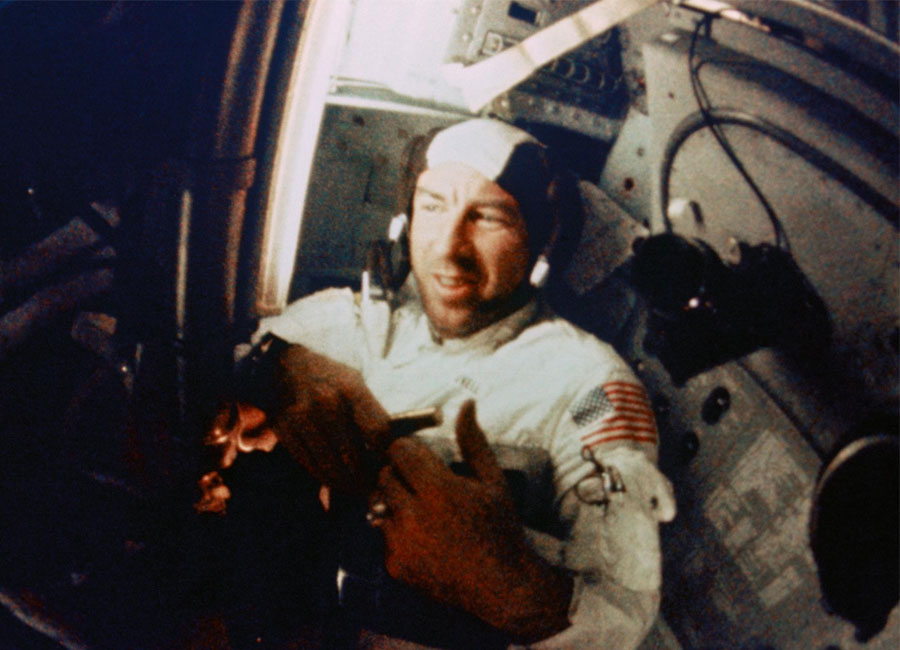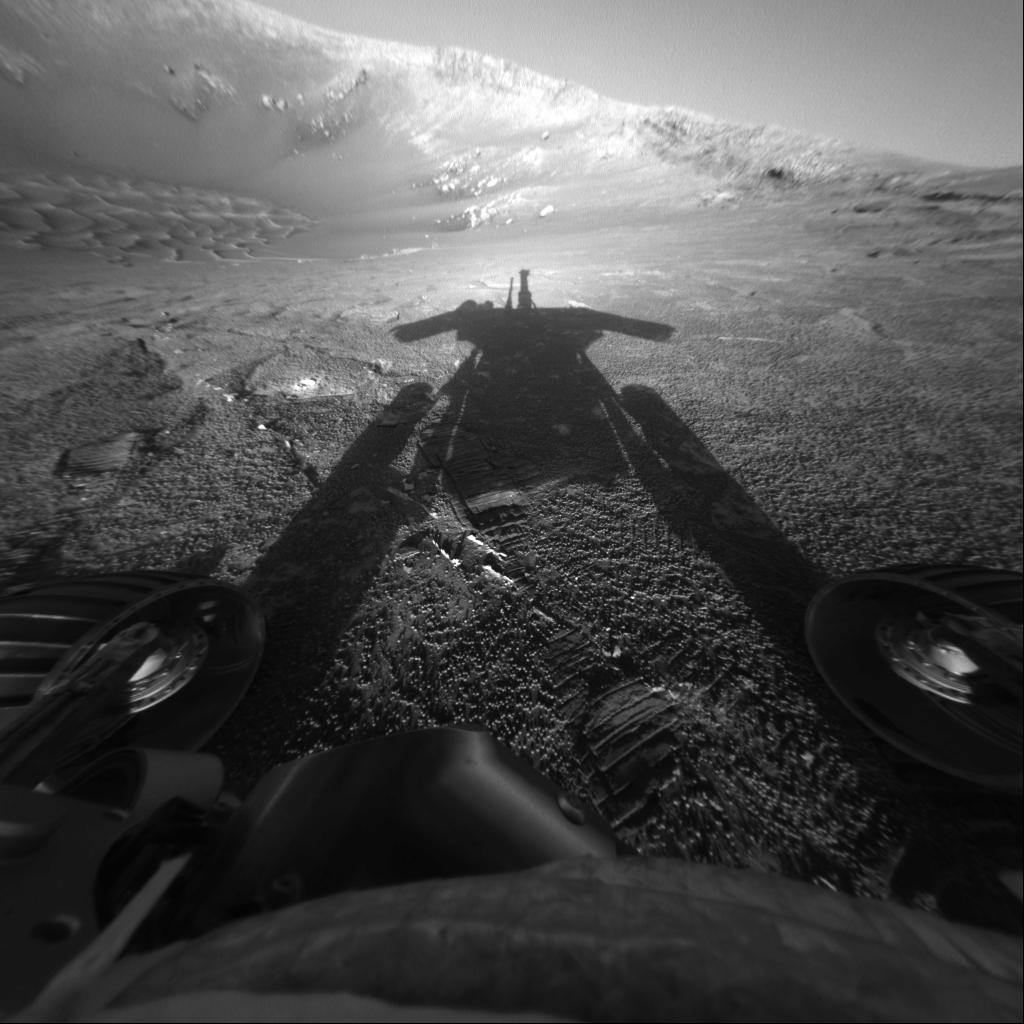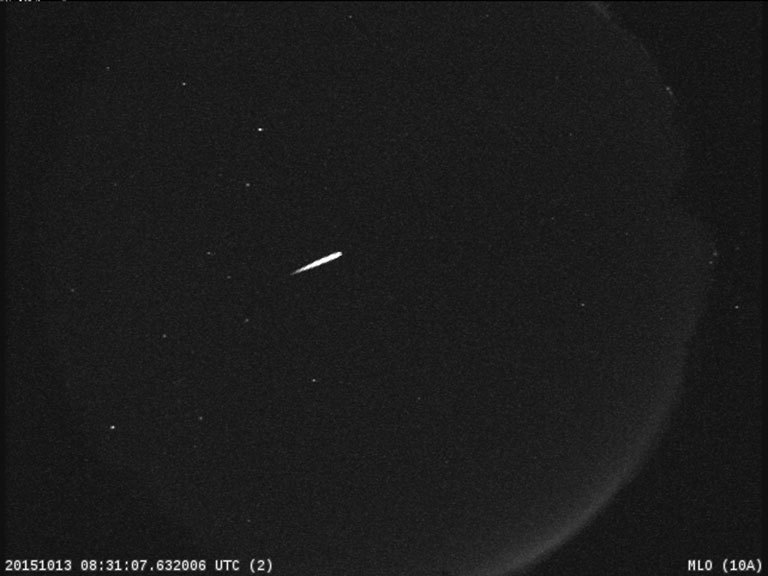Adler Skywatch: July 2021
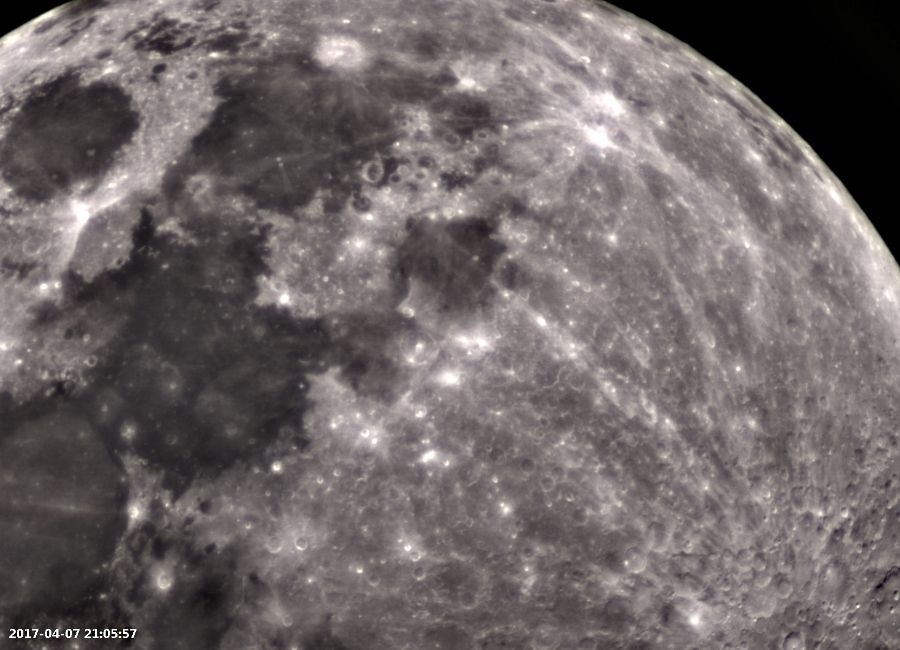
Header Image: The Moon surface as seen via the Adler’s Doane Observatory in April 2017.
It may be the warmest time of the year for the Northern Hemisphere, but the Earth actually is at its furthest point away from the Sun this month, July 2021.
Aphelion—the annual point in Earth’s orbit when it’s furthest from the Sun—occurs on the 5th, at 5:27 p.m. Central Daylight time. On this date, Earth is about 94.5 million miles away from the Sun. By way of comparison, Earth was about 91.4 million miles from the Sun at the 2021 perihelion, on January 2nd; and it will be about the same distance away at the 2022 perihelion, on January 4th. So, why is it warmer when the Sun is further away from Earth? The tilt of Earth’s axis points the Northern Hemisphere toward the Sun this time of year.
This month, the Sun doesn’t set in the Chicago area until well after 8 p.m. CDT. But on a clear evening, you should be readily able to spot the nearest and brightest planet, Venus, about ten degrees above the horizon by 9 p.m. At the start of the month, it’s just above the west-northwest horizon, and it appears to move closer and closer to due-west as the evenings pass.
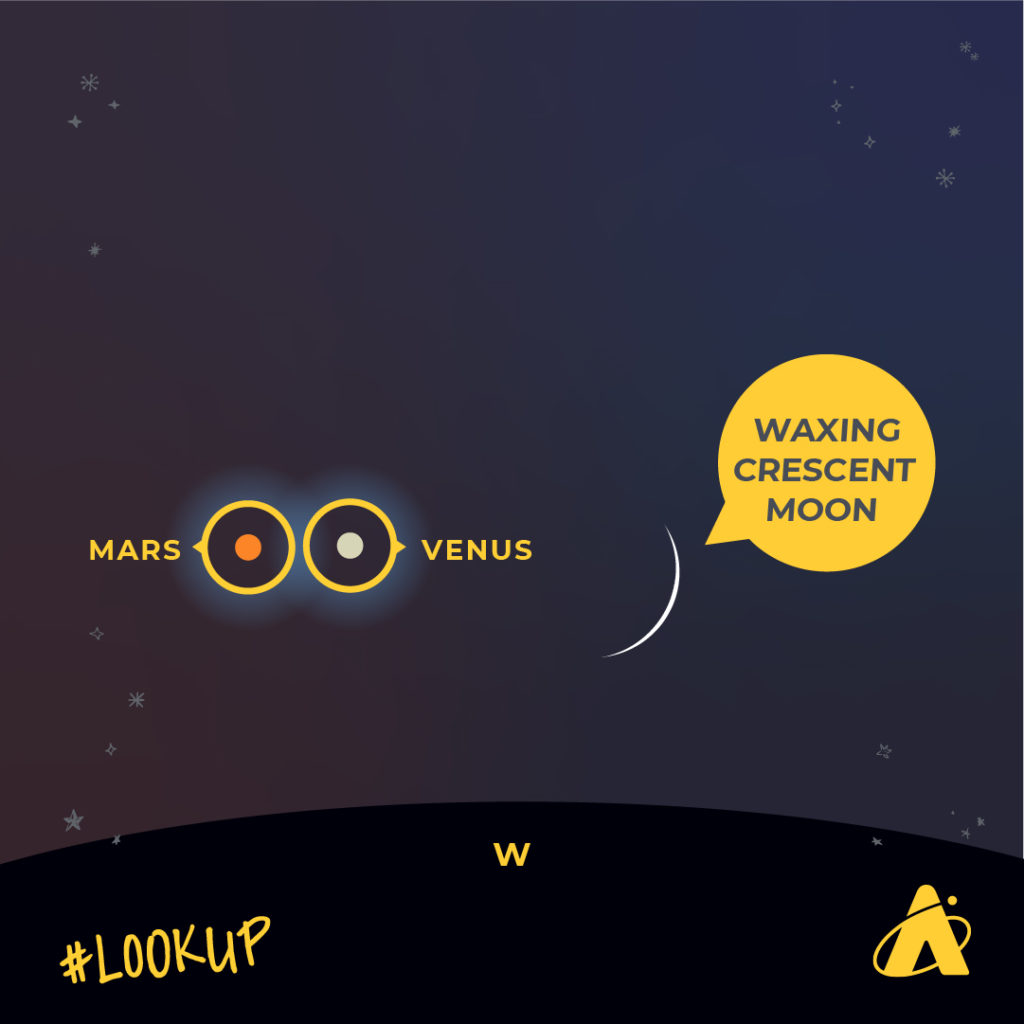
When the month starts, Venus appears only about five degrees below and to the right of the planet Mars. The planets appear to move closer each night for the first half of the month. Venus is much brighter than Mars—so much brighter that Mars may not be readily visible the evenings of the 11th through the 14th, when the two planets appear less than a degree apart. The evenings of the 11th and 12th, a very slim waxing crescent Moon appears not far from Venus and Mars. By the 13th, Venus is visibly higher than Mars. After the 16th or so, Mars is getting so dim and so close to the horizon that it will be hard to see, setting in the west-northwest around 9:30 p.m. CDT. Venus also sets around 9:30 p.m., but its brightness will make it easier to spot than Mars.
Not long after Mars and Venus set, look to the southeast sky for the rising of the planets Saturn and Jupiter. Saturn rises around 10:30 p.m. CDT at the start of the month, and by 8:30 p.m. by the end of the month. Jupiter rises about an hour later, and is much brighter than Saturn. The two planets remain not quite 20 degrees apart for the duration of the month. The evening of the 23rd and morning of the 24th, the Full Moon is near Saturn. The next night (the evening of the 24th and morning of the 25th) a waning gibbous Moon is between Saturn and Jupiter. And the following night, the evening of the 25th and morning of the 26th, the Moon is near Jupiter. The two planets are low in the southwest during morning twilight.
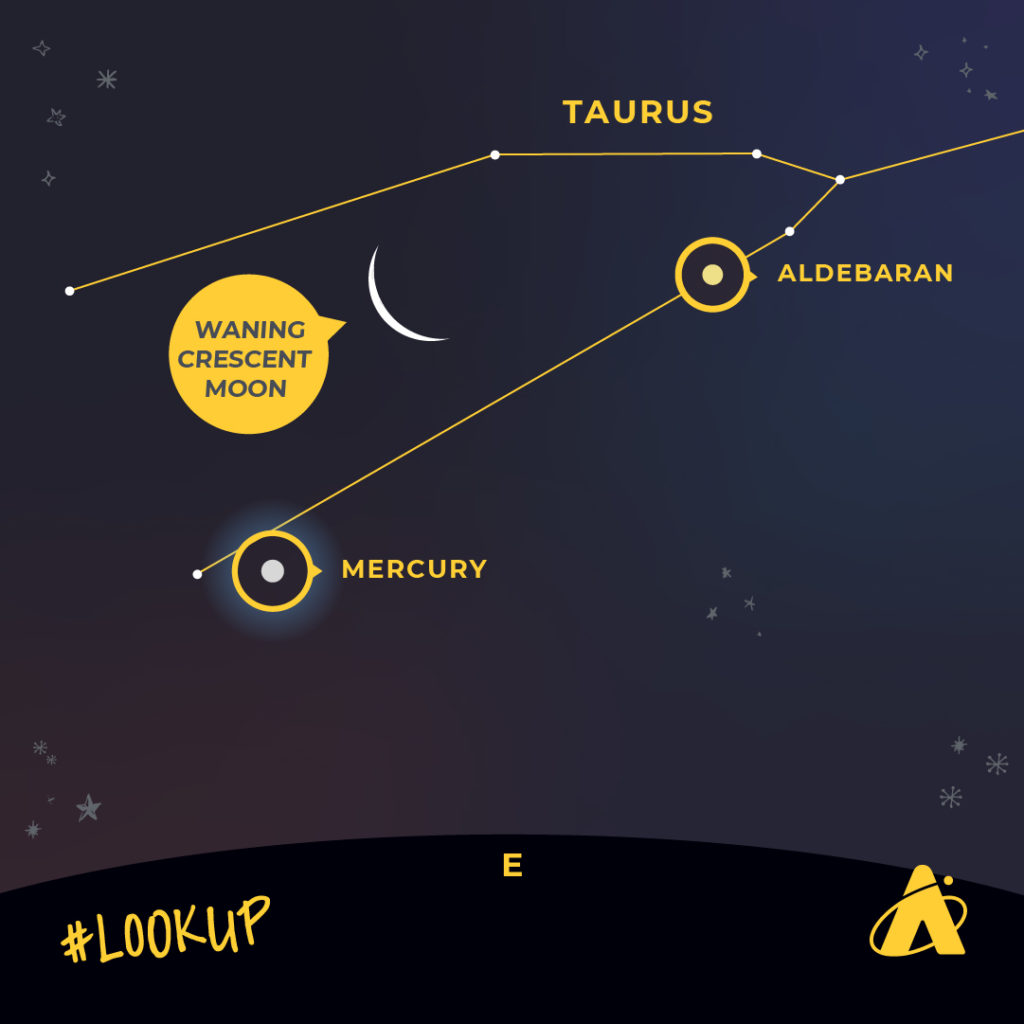
If you have a clear pre-dawn view to the east-northeast horizon, this month is a better-than-usual one for trying to spot the planet Mercury. It reaches Greatest Elongation on the 4th, which means it appears at its furthest point from the Sun in the sky. Also, it gets a little brighter in the predawn sky each day. Start looking for it on the 1st, only about five degrees above the east-northeast horizon about 40 minutes before sunrise. It’s a few degrees below and to the left of the star Aldebaran, in the constellation Taurus. The planet and star are about the same brightness the first week of the month. The morning of the 7th, a barely visible, slim, waning crescent Moon appears between Mercury and Aldebaran. On the 8th, the nearly New Moon is a few degrees to the left of Mercury, however, you may not even be able to see the Moon this morning. After that date, Mercury starts to appear a little brighter each day. But by the 14th, it starts to drop lower in the sky each morning, getting closer to the rising Sun, and will become very difficult if not impossible to see.
The Delta Aquarids meteor shower peaks the night of the 28th and morning of the 29th. It’s best to look for these meteors after midnight, since the peak occurs during a waning gibbous Moon that rises shortly before midnight. Once the Moon is up in the sky, its light blots out fainter meteors. Under very dark, very clear skies, a peak maximum of 10 to 20 Delta Aquarid meteors are forecast.

Last Quarter Moon: July 1
New Moon: July 9
First Quarter Moon: July 17
Full Moon: July 23
Last Quarter Moon: July 31
Please note that these descriptions are for the Chicago area, using Central time.
Subscribe To Skywatch Wednesday This July
Tour the night sky weekly with the Adler Planetarium’s Theaters Manager Nick, who uses cutting edge visualizations, NASA images, and astrophotography to show you what you can see in the night sky throughout the year.
Learn From Our Astronomy Educators
Watch exclusive live episodes of Sky Observers Hangout throughout the year on our YouTube channel! Learn how to observe upcoming cosmic happenings, enhance your astrophotography skills and see celestial objects through a telescope virtually with our astronomy educators.




